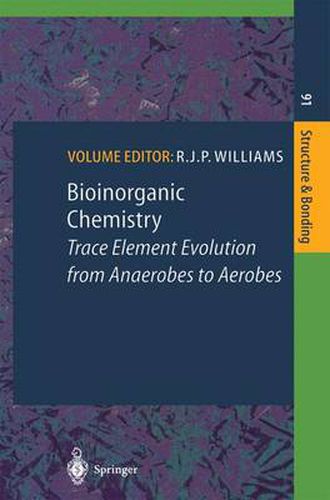Readings Newsletter
Become a Readings Member to make your shopping experience even easier.
Sign in or sign up for free!
You’re not far away from qualifying for FREE standard shipping within Australia
You’ve qualified for FREE standard shipping within Australia
The cart is loading…






In this book the first three chapters outline the chemistry of nickel and heme largely associated with anaerobic life and believed to represent reactions which took place some 3-4x109years ago. Nickel has disappeared from the chemistry of man. The fascinating detail of the primitive catalysts is of interest to industrial society since very simple feed-stock is used, hydrogen, carbon monoxide and sulphate for example. The fourth chapter switches attention to a metal which became valuable later in evolution, copper, and which is involved with the use of dioxygen. It also has extremely interesting catalytic sites in enzymes. The essence of the volume lies in an appreciation of metallo- enzymes and their changing roles as the environment changed.
$9.00 standard shipping within Australia
FREE standard shipping within Australia for orders over $100.00
Express & International shipping calculated at checkout
In this book the first three chapters outline the chemistry of nickel and heme largely associated with anaerobic life and believed to represent reactions which took place some 3-4x109years ago. Nickel has disappeared from the chemistry of man. The fascinating detail of the primitive catalysts is of interest to industrial society since very simple feed-stock is used, hydrogen, carbon monoxide and sulphate for example. The fourth chapter switches attention to a metal which became valuable later in evolution, copper, and which is involved with the use of dioxygen. It also has extremely interesting catalytic sites in enzymes. The essence of the volume lies in an appreciation of metallo- enzymes and their changing roles as the environment changed.